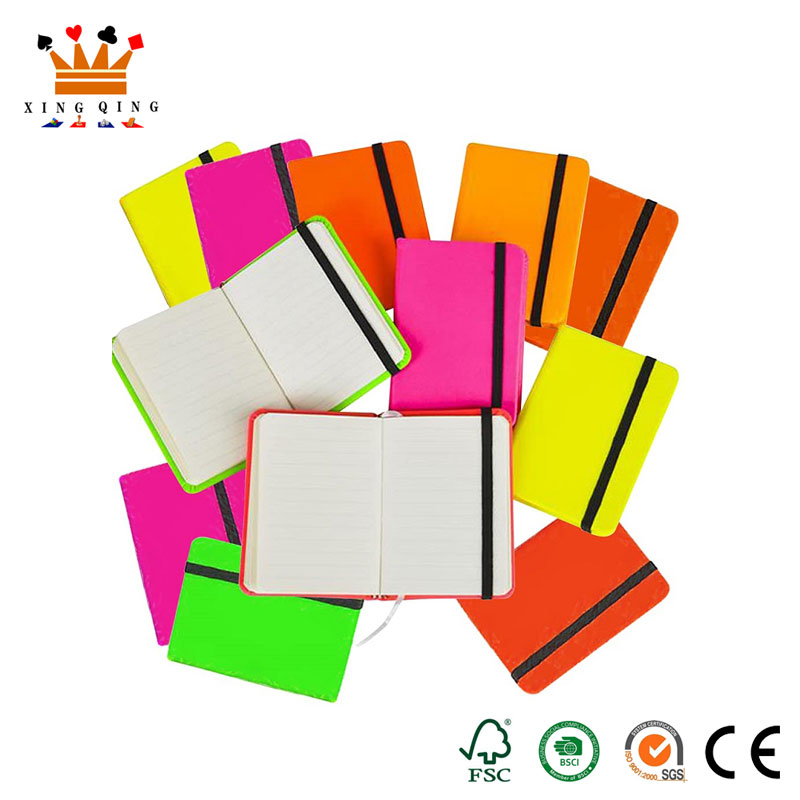What are the advantages of paper notebooks over electronic notebooks?
2025-08-01
In the wave of digitalization, paper notebooks have not been replaced by electronic notes. Instead, with their irreplaceable characteristics, they continue to occupy an important position in study and work scenarios, with advantages reflected in multiple dimensions of cognition, experience, and practicality.

In terms of memory efficiency, the handwriting process can strengthen brain cognition. Psychological studies show that hand movements and visual input during handwriting form dual stimulation, making the information retention rate 37% higher than that of electronic input. Among students, those who use paper notebooks to record class content have a 28% higher accuracy in recalling knowledge points than those using tablets for note-taking. Especially in sorting out complex content such as formula derivation and mind maps, the flexibility of handwriting is more conducive to logical construction.
The boundlessness of usage scenarios is a significant advantage. Paper notebooks do not need charging and can be used normally in power-free environments such as airplane flights and outdoor camping; in low-temperature environments (such as outdoor winter), paper will not have screen malfunction like electronic devices; in electronics-prohibited areas such as hospitals and gas stations, paper notebooks are the only compliant recording tools, avoiding electronic signal interference with equipment operation.
Information security is more guaranteed. Paper notes do not need to worry about system crashes, virus attacks, cloud data loss, or the risk of information leakage due to account theft. For sensitive content such as legal documents and commercial secrets, handwritten records combined with signature confirmation have much higher legal effect and evidentiary value than electronic documents, and are more easily admitted in judicial practice.
Tactile experience and emotional connection are irreplaceable. The textures of different papers bring differentiated feelings: the rough texture of kraft paper notebooks is suitable for recording inspiration, the smoothness of woodfree paper is good for fast writing, and the ink absorbency of rice paper is suitable for creation with writing brushes. Many people keep notebooks from their student days; the traces of yellowed paper and casual doodles all carry unique emotional memories. The warmth of this physical carrier cannot be replicated by electronic files.
Creative freedom and tool adaptability are more flexible. Paper notebooks allow arbitrary pasting of bills and photos, marking key points with pens of different colors, and even reorganizing content by tearing or folding pages; in meeting scenarios, quickly hand-drawing charts is more efficient than using electronic drawing software, and will not interrupt thinking due to operation lag. For creative professionals such as designers and writers, the "no interface restrictions" of paper carriers can reduce the mental constraints caused by editing software.
The advantages of paper notebooks stem from their alignment with human cognitive habits and emotional needs. In the digital era pursuing efficiency, this traditional carrier still, with its unique value, remains an important choice for people to record life and thoughts.




